Blüte einer Albizia julibrissin (Albizia julibrissin flower): 4028mdk09, CC BY SA 3.0, via Wikimedia Commons @ https://commons.wikimedia.org/wiki/File:Blüte_der_Albizia_julibrissin.JPG
Pink silky threads of Silk Tree's flowers contrast attractively with the tree's large, frond-like green leaves.
Fanghong, CC BY-SA 3.0, via Wikimedia Commons: Fanghong, CC BY-SA 3.0, via Wikimedia Commons @ https://commons.wikimedia.org/wiki/File:AlbizziaJulibrissinFlower2.jpg
Curtis's Botanical Magazine, Fourth Series, No. 95, vol. VIII, no. 1509 of entire work (November 1912), Tab. 8465:
Figures 1&2-anthers, Figure 3-stigmatic lobe -- all enlarged: Biodiversity Heritage Library (BioDivLibrary), Public Domain, via Flickr @ https://www.flickr.com/photos/biodivlibrary/36014988816/
Gdańsk, north central Poland: Sebastian (Brosen), CC BY-SA 3.0, via Wikimedia Commons @ https://commons.wikimedia.org/wiki/File:Brosen_robinia_pseudoacacia1.jpg
Karlsruhe, Baden-Württemberg state, southwest Germany: H. Zell, CC BY-SA 3.0, via Wikimedia Commons @ https://commons.wikimedia.org/wiki/File:Robinia_pseudoacacia_003.JPG
Fort Custer Recreation Area, Augusta, southwest Michigan: Cody Hough (IvanTortuga), CC BY-SA 3.0, via Wikimedia Commons @ https://commons.wikimedia.org/wiki/File:M_robiniae.jpg
Kew Gardens, London: adjacent to Wisteria arch, by Secluded Garden Conservatory: Jim Linwood, CC BY 2.0, via Flickr @ https://www.flickr.com/photos/brighton/2320870162/
Eastern Juniper's berries are actually small seed cones.: Quadell, CC BY-SA 3.0, via Wikimedia Commons @ https://en.wikipedia.org/wiki/File:Juniper_berries_q.jpg
timber processed into lumber: Disputantum, Public Domain, via Wikimedia Commons @ https://en.wikipedia.org/wiki/File:JuniperLogs.jpg
last-standing Eastern red cedar in area of deciduous trees: plantsforpermaculture, CC BY 2.0, via Flickr @ https://www.flickr.com/photos/18813104@N05/5394151319/
France's oldest black locust tree, sited on southwest corner of Square René-Viviani on Left Bank (Rive Gauche) of Seine: Mbzt, CC BY 3.0, via Wikimedia Commons @ https://commons.wikimedia.org/wiki/File:P1130174_Paris_V_robinier_du_square_René-Viviani_rwk.JPG
dead black locust tree on shore of Black Sea; Mangalia, southeast Romania: Alexandru Panoiu (Alex Pănoiu), CC BY 2.0, via Flickr @ http://www.flickr.com/photos/alexpanoiu/8021075821/
Silk tree on far side of upper Rose Garden, Stanley Park, Vancouver, British Columbia, western coastal Canada: Wendy Cutler (wlcutler), CC BY 2.0, via Flickr @ https://www.flickr.com/photos/wlcutler/4910544461/


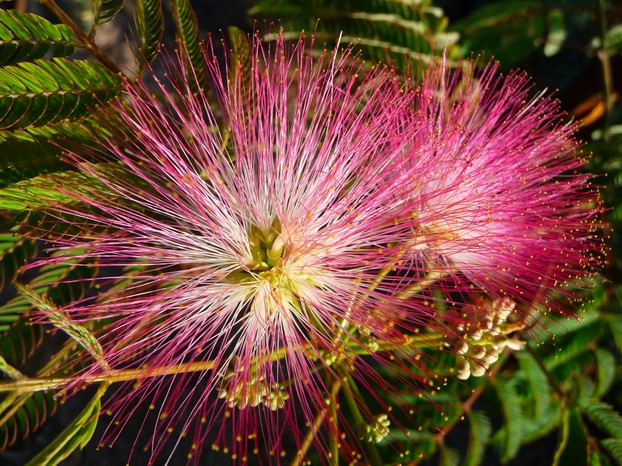
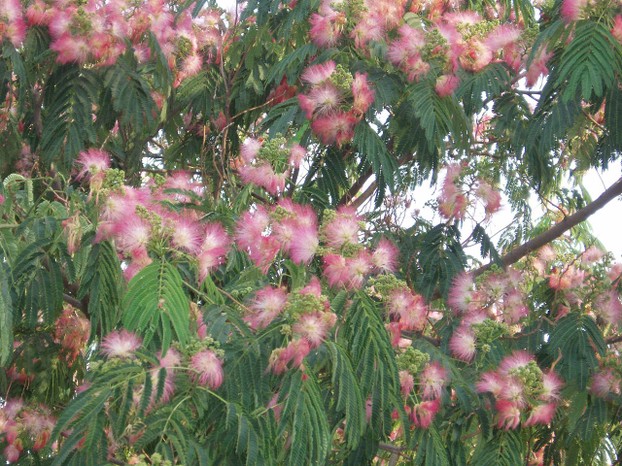
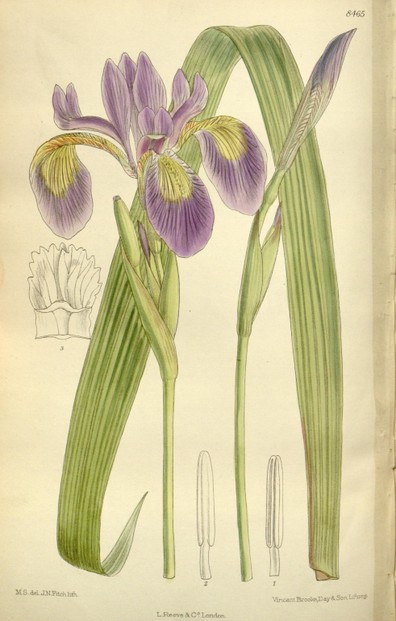
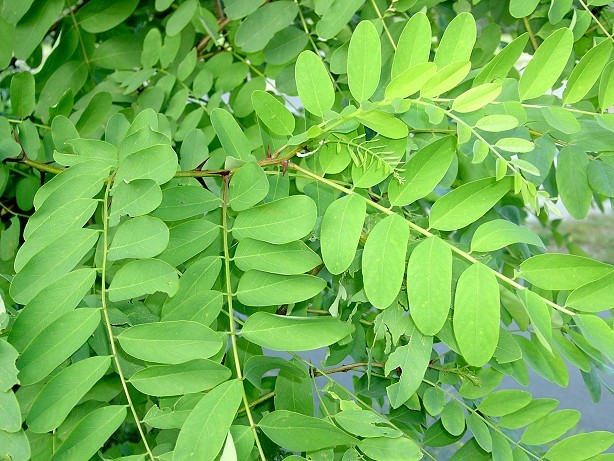
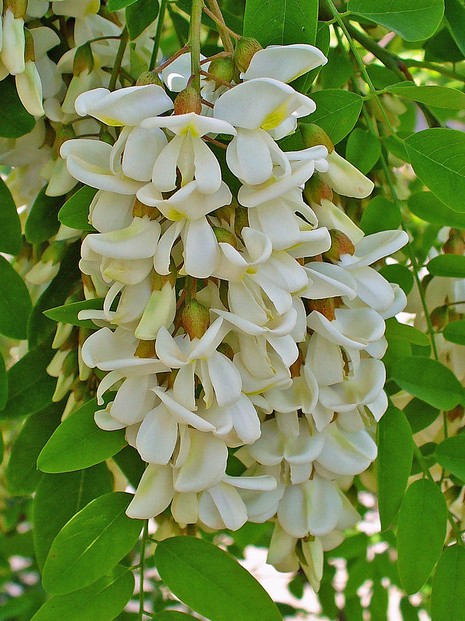
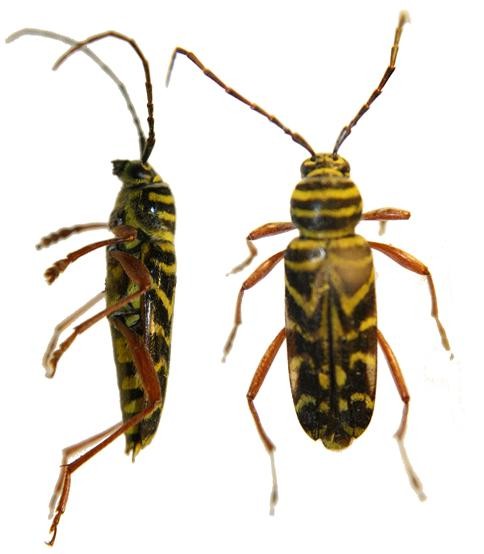
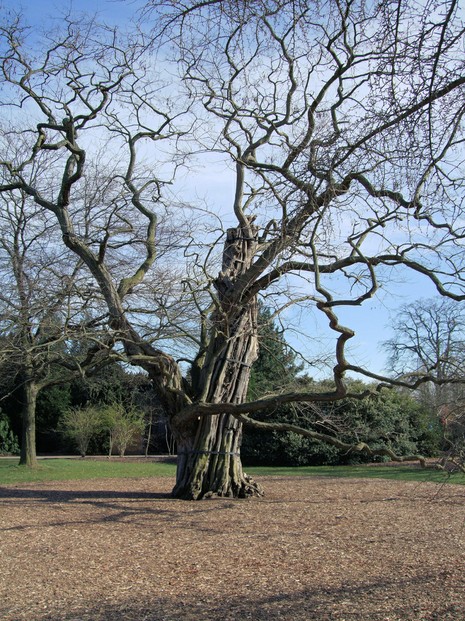
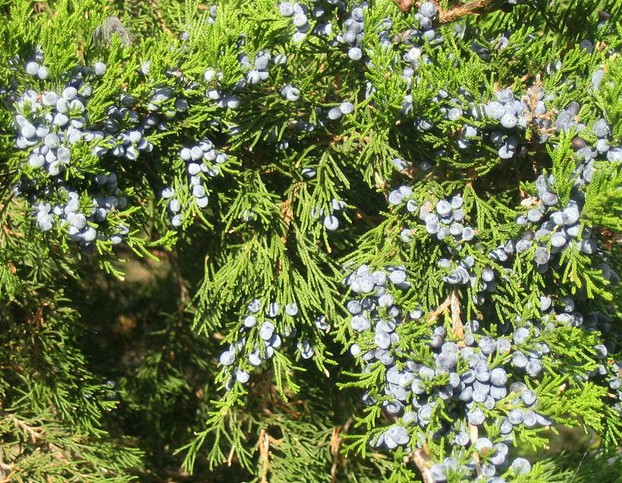
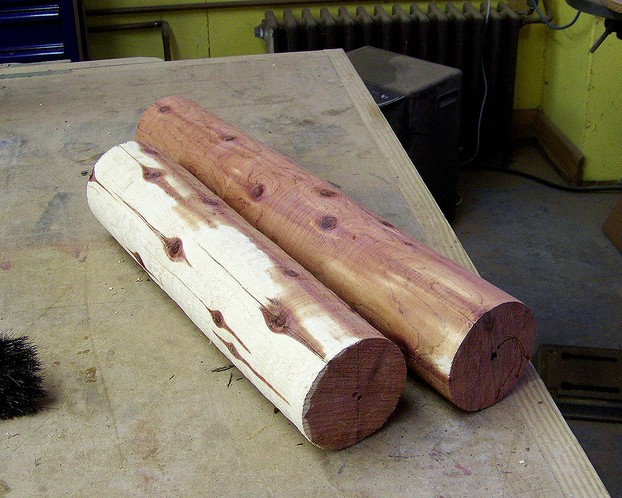
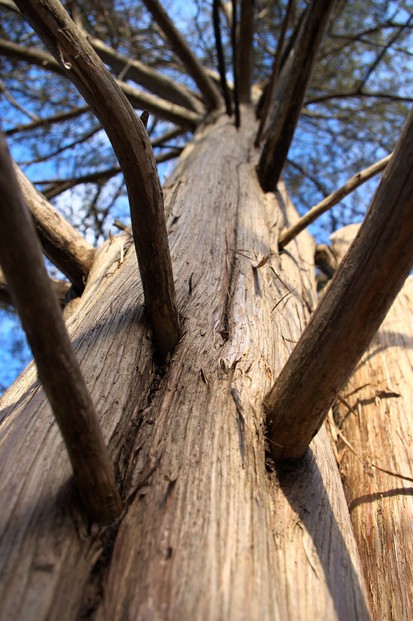
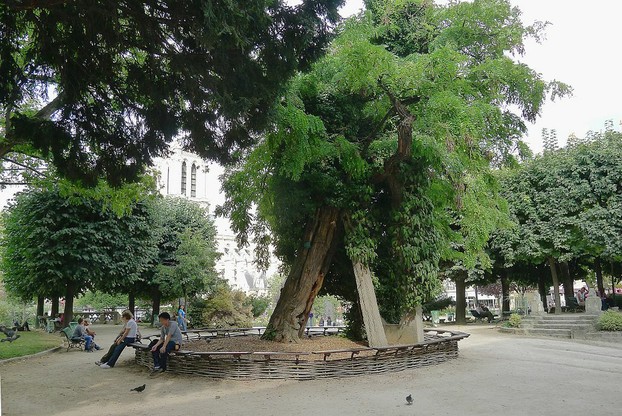
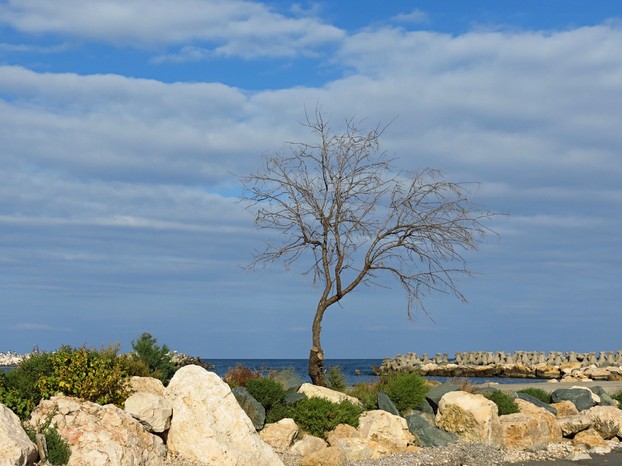
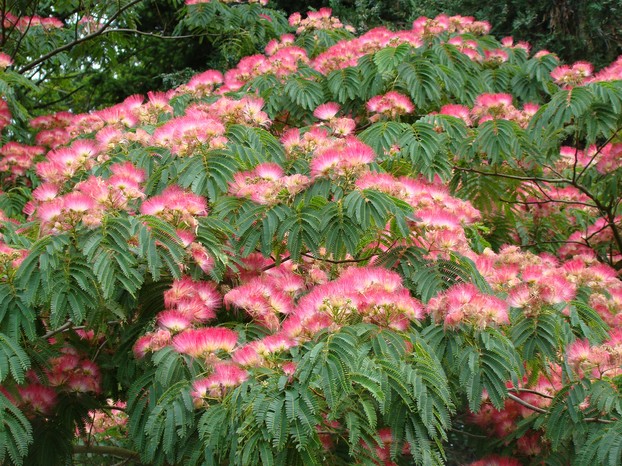



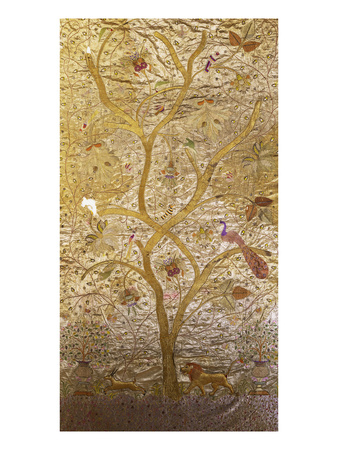

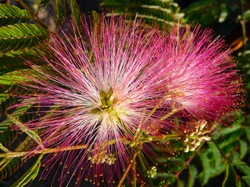

 Are Hawaiian Huakai Po Nightmarchers Avenging Halloween Thursday?on 10/02/2024
Are Hawaiian Huakai Po Nightmarchers Avenging Halloween Thursday?on 10/02/2024
 Mailing Addresses for 2023 Form 4868 Extending 1040 and 1040SR April 15, 2024, Due Dateon 04/15/2024
Mailing Addresses for 2023 Form 4868 Extending 1040 and 1040SR April 15, 2024, Due Dateon 04/15/2024
 Mailing Addresses for 2023 Forms 1040 and 1040SR Filed in 2024on 04/15/2024
Mailing Addresses for 2023 Forms 1040 and 1040SR Filed in 2024on 04/15/2024
 Mailing Addresses for 2022 Form 4868 Extending 1040 and 1040SR April 18, 2023, Due Dateon 04/13/2023
Mailing Addresses for 2022 Form 4868 Extending 1040 and 1040SR April 18, 2023, Due Dateon 04/13/2023

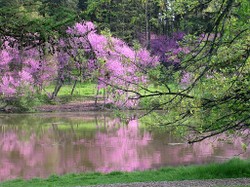
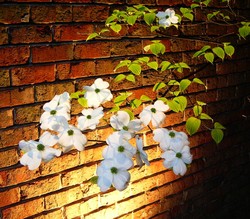
Comments
Mira, Your appreciation of nature is greatly appreciated. :-)
All three of these trees are beautiful, so I am happy to share them. I love the aesthetics and wisdom with which they placed themselves in my yard.
Best wishes in locating black locusts: they are there, awaiting discovery by you.
I've never noticed black locust around here, but I will look for it. Its flowers are rather pretty! I know albizzia (great to know the details on its name, with the single and double z), but didn't know it was called silk tree as well. Also didn't know about red cedar. That Juniper virginiana is what I know as juniper, and the only juniper I know.
It's really wonderful to learn about nature from you. Thank you for sharing all this with us.